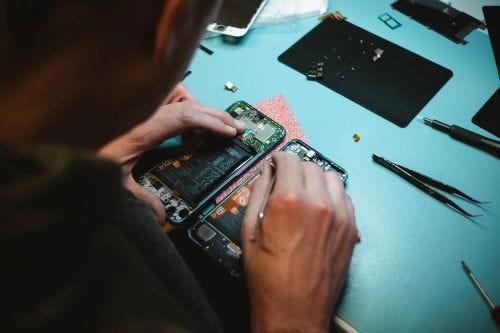The Overlooked Supply Chain Issue in Biden's Latest Executive Order - Repairs
President Biden’s July 9th Executive Order, Promoting Competition in the American Economy, created quite a stir in the supply chain community regarding the potential impact on the ocean freight and railroad markets. But, there was another supply chain issue that was addressed in the executive order that was overlooked by many supply chain folks - the ri…




